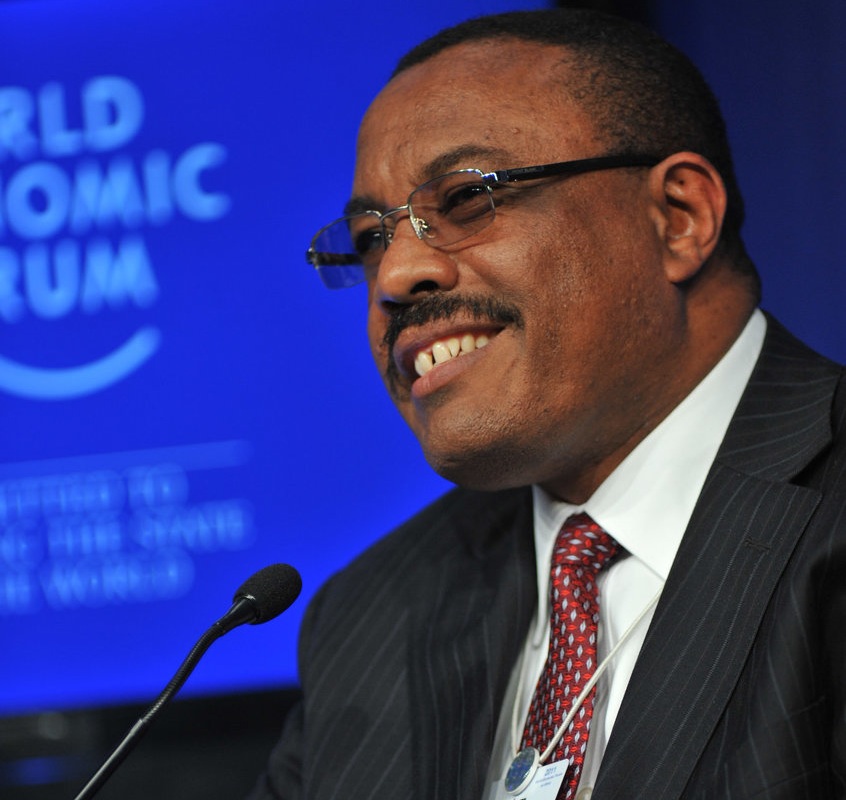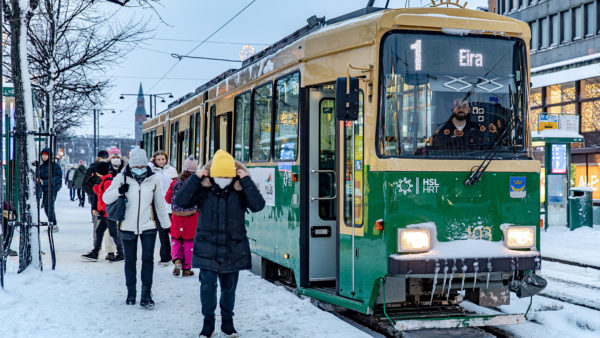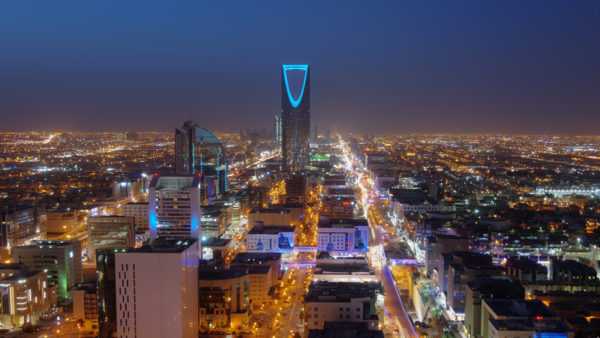Ethiopia is in the race to become the first sub-Saharan country after South Africa to lay down an electrified rail network that will link 49 towns and cities.
It has already completed one of sub-Saharan Africa’s first light rail mass transit systems, in the capital, Addis Ababa.
The country-wide scheme is part of a grand experiment in nation building through infrastructure that was launched by the regime of the late Meles Zenawi and is being continued by his Ethiopian People’s Revolutionary Democratic Front party under the leadership of the prime minister, Hailemariam Desalegn.
The blueprint for Ethiopia’s modernisation is contained in its five-year Growth and Development Plan. The two main elements are an increase in agricultural output to earn export revenue and to prevent a recurrence of the famines of the 1980s, and the construction of modern power and transport systems.
The goals of the infrastructure programme are to increase generating capacity fourfold to 10GW, to construct 16,000km of paved roads and to lay 2,500km of standard gauge electrified rail track – a target that was later increased to about 5,000km.
There is a good deal of interdependence among these aims: for instance, the plan to build an electrified network depends on schemes such as the Grand Ethiopian Renaissance Dam to supply the necessary power.
In 2010, when the present five-year plan was launched, the stated aim was to increase freight capacity by at least five million tons. The cost of constructing the network was put at about $2.5bn over seven years. Both of the productivity and the cost have since risen dramatically.
Growing ambition
For nearly a century Ethiopia has had only one railway: a 1,000mm narrow-gauge link between Addis Ababa and the port of Djibouti that was constructed by the French in the 1920s. Ethiopia is a landlocked country, so this link is the principal route by which goods come and go. However, that line relies on diesel locomotives and partly owing to its poor load bearing capacity it transports only 240,000 tons of freight a year.

Ethiopian prime minister, Hailemariam Desalegn, in 2011 (World Economic Forum/Wikimedia Commons)
In the first decade of the 20th century, the principal aim of the Ethiopian government was simply to rehabilitate this line. Although aid was forthcoming from the European Union, and operators from as far afield as Turkey, South Africa, Italy and Kuwait were hired to build the upgraded line, there was never enough money or enough commitment to make a difference.
The catalyst that allowed the expansion in vision from the upgrading of a single line to the construction of a modern national network was, inevitably, the intervention of Chinese contractors backed by Chinese money.
Back in 2010, when the plan for a national system was laid, the Ethiopian government looked for a foreign company to supply the engineering expertise to build it, holding talks with companies from India, Russia and China.Â
In the end, only the Chinese persisted, and the initial contract for the Addis Ababa light rail system and a new standard gauge link to Djibouti went to the China Railway Engineering Corporation (CREC), backed with capital from the Export and Import Bank of China. The work was later shared with China Civil Engineering Construction Corporation.
The two projects combined are expected to cost close to $2.8 billion, a sum that will be covered by the Ethiopian government and a loan from the Export-Import Bank of China.
The 780km standard gauge electrified link to Djibouti is now due to be completed in October this year. When it is, the line is expected to haul 11.2 million tons of freight in its first year of operation, rising to 24.9 million tonnes by 2025 – considerably more than the entire national capacity envisaged in 2010.
The Ethiopian government is presently bringing other sections of the network to market. For example, the Turkish contractor Yapi Merkezi was awarded a $1.7bn contract to build the section from the town of Awash to the northern city of Weldiya, with a total length of 389km (see map).
However, these tenders have not always gone smoothly. The tendering process for a 280km railway from Semera to the Djibouti port of Tadjourah (see map) was postponed for a fifth time at the end of last month.
Getachew Betru, the chief executive of the Ethiopian Railways Corporation (ERC), said the tender was postponed because bidders had requested more time to prepare. However, one contractor told International Railway Journal that problems were caused by ERC’s insistence that contractors had to have experience of projects to build a minimum of 180km of track worth in excess of US$200m.
India’s Overseas Infrastructure Alliance is responsible for the engineering design and preparing the bidding documents, while the Indian government will contribute $300m to help fund the project, which is expected to take five years to complete.
The overall picture, however, is hopeful, with the development of infrastructure progressing in tandem with economic growth of greater than 7% a year. If the country does succeed in becoming a middle income economy with a unified national market, it will be a powerful example to other countries in the region of what infrastructure-led development can achieve.
Photograph: Ethiopia’s planned rail system (Global Construction Review/Ethiopian Railways Corporation)






